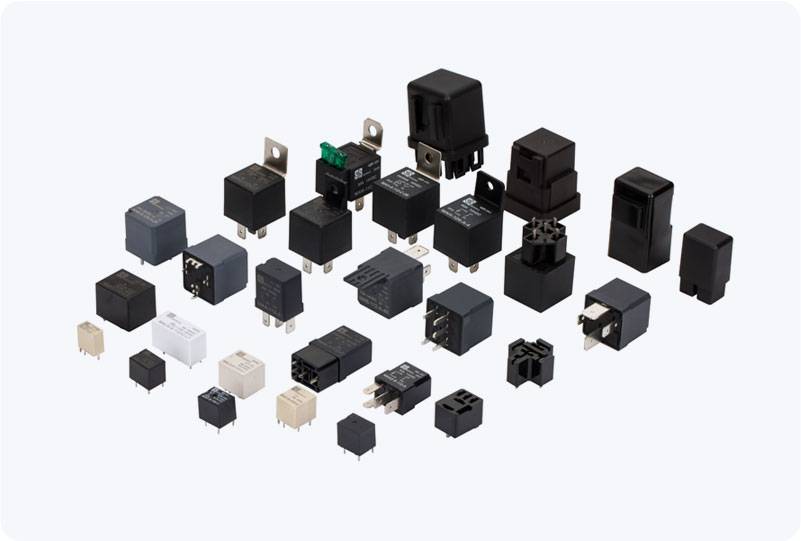high voltage distribution relay: ensuring safety and stability in power systems
Release time:2025-10-21 03:02:42
In modern power systems, reliability and safety are paramount to ensure continuous and efficient energy delivery. One crucial component that helps maintain this stability is the High Voltage Distribution Relay (HVDR). These relays are essential in high-voltage distribution networks, providing protection against faults, overloads, and abnormal conditions, ensuring that the system operates smoothly and without unnecessary interruptions. This article delves into the role, functions, and importance of High Voltage Distribution Relays in safeguarding high-voltage electrical networks.

What is a High Voltage Distribution Relay?
A High Voltage Distribution Relay is a protective device used in electrical power systems to monitor and safeguard high-voltage circuits from faults such as short circuits, overloads, and equipment failures. These relays are typically installed in substations or along high-voltage distribution lines, where they perform automatic operations to detect and isolate faults. By detecting abnormal conditions, the relay can trip a circuit breaker to disconnect faulty sections of the network, preventing damage to critical equipment and minimizing the risk of further cascading failures.

